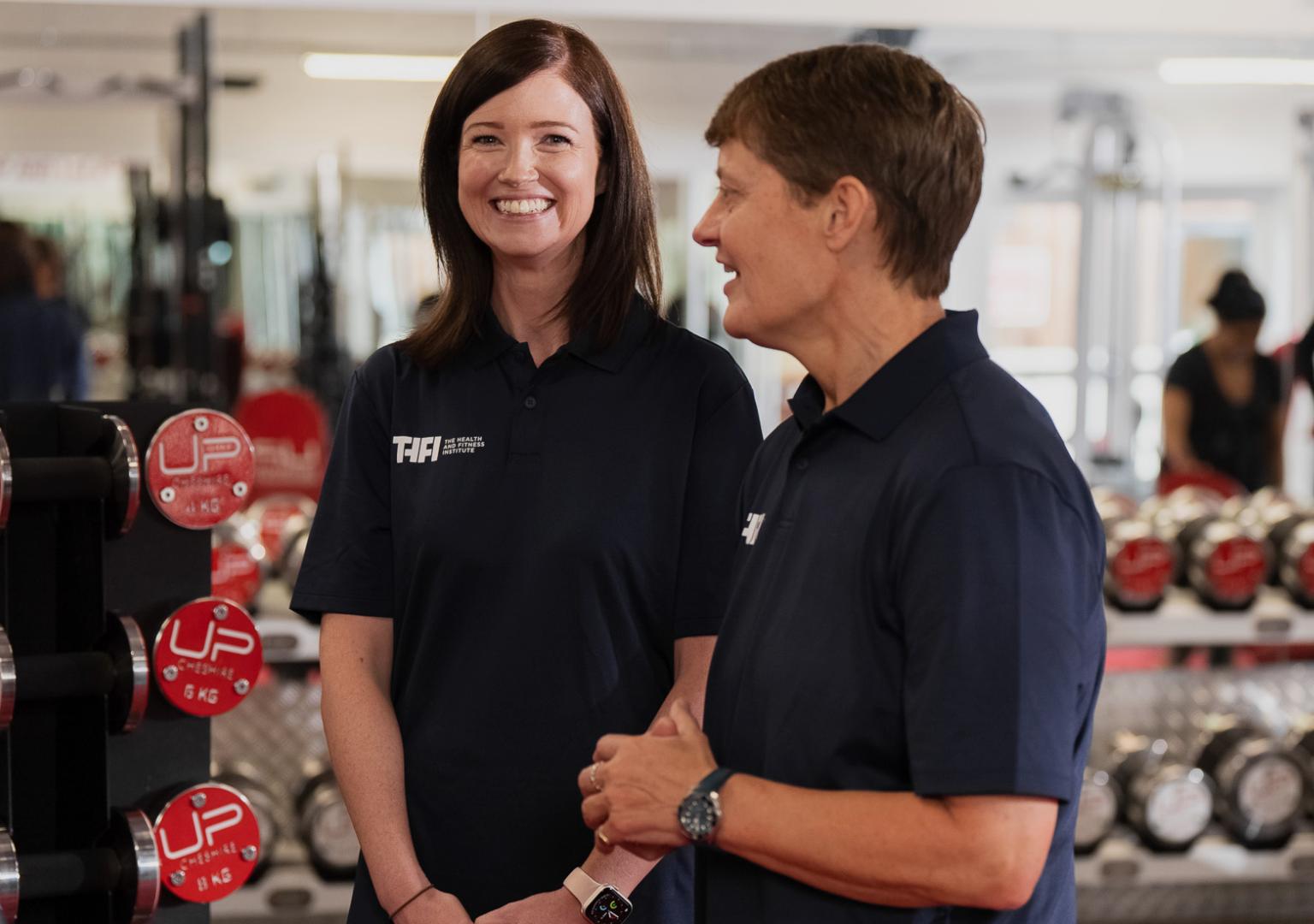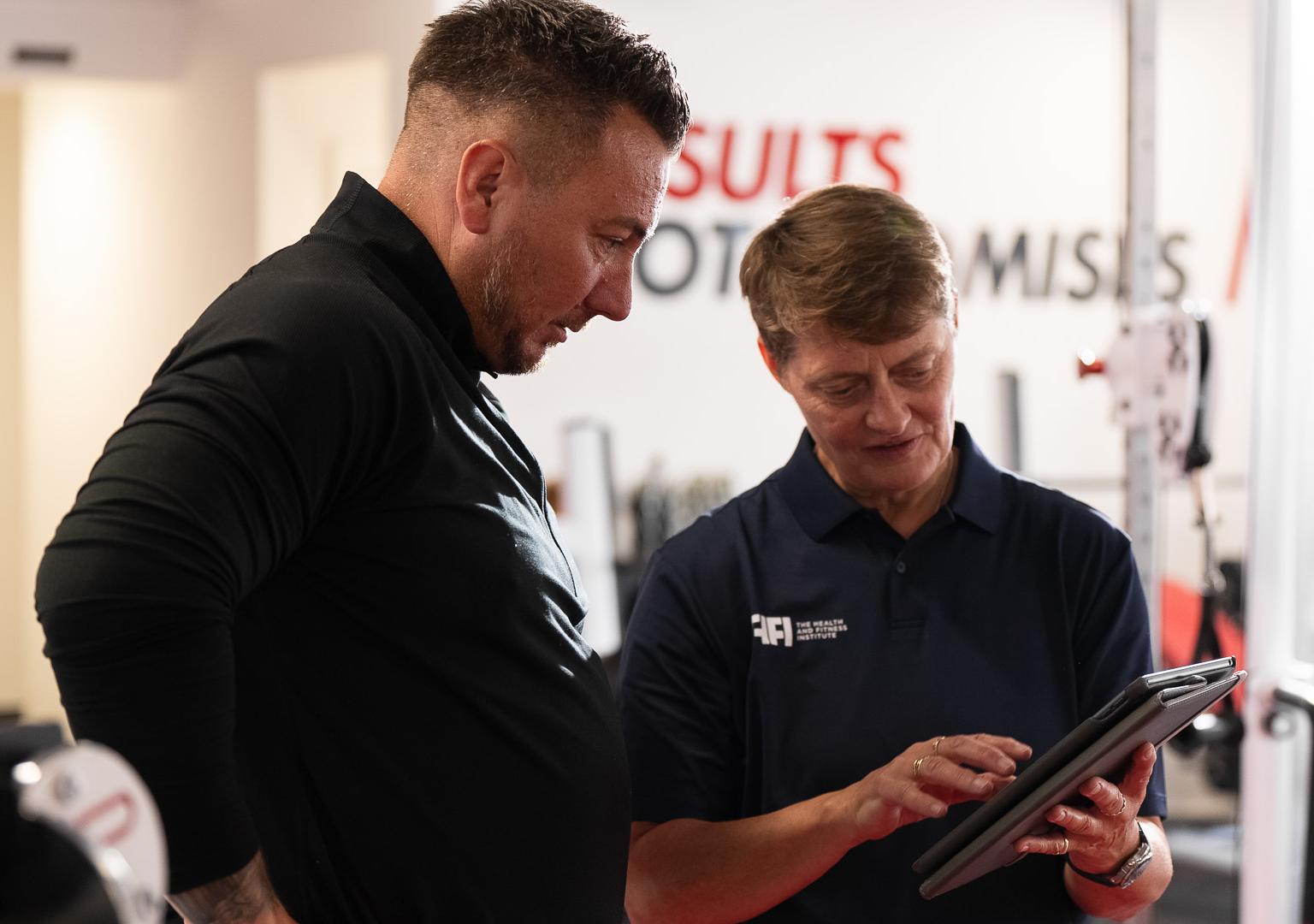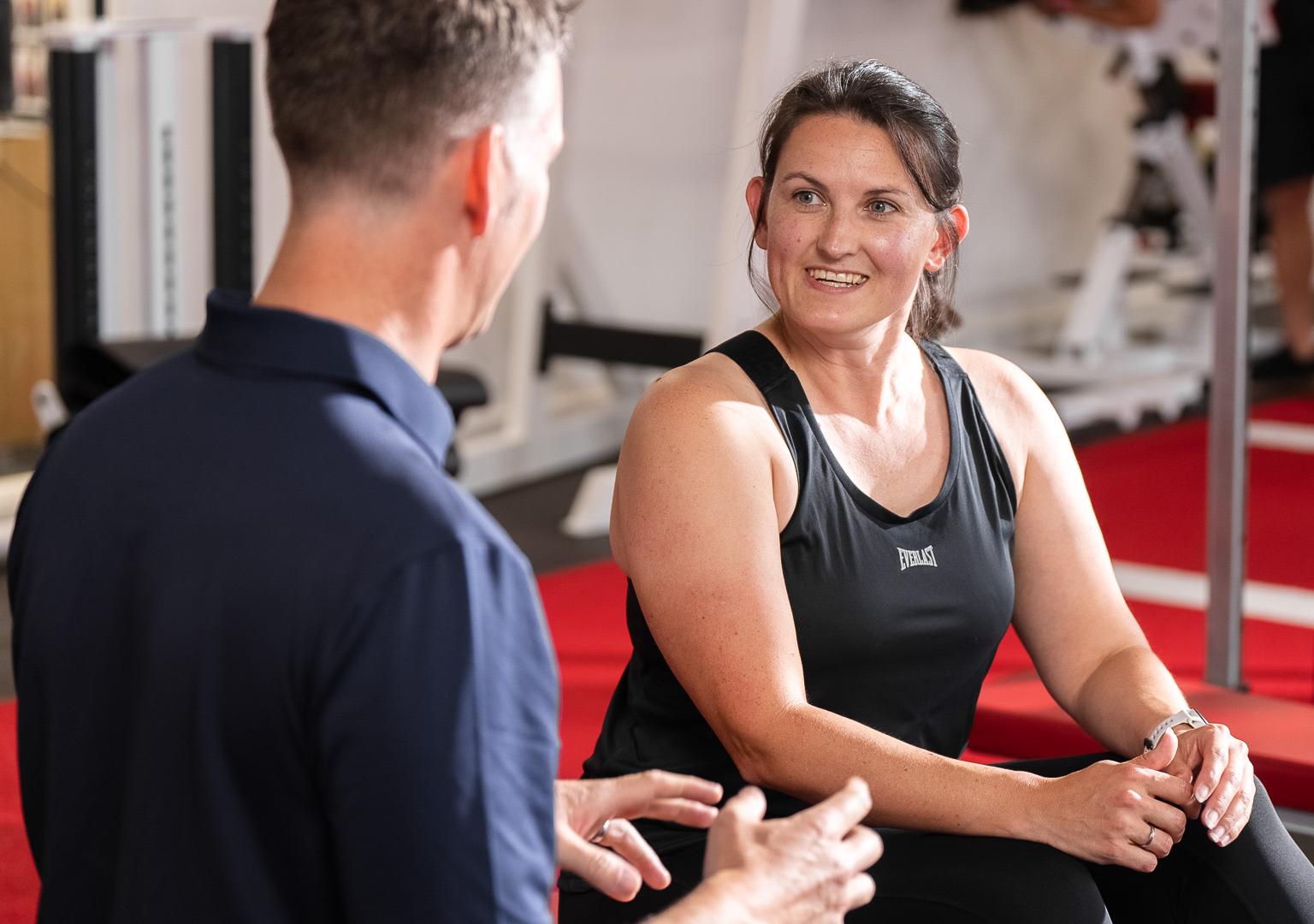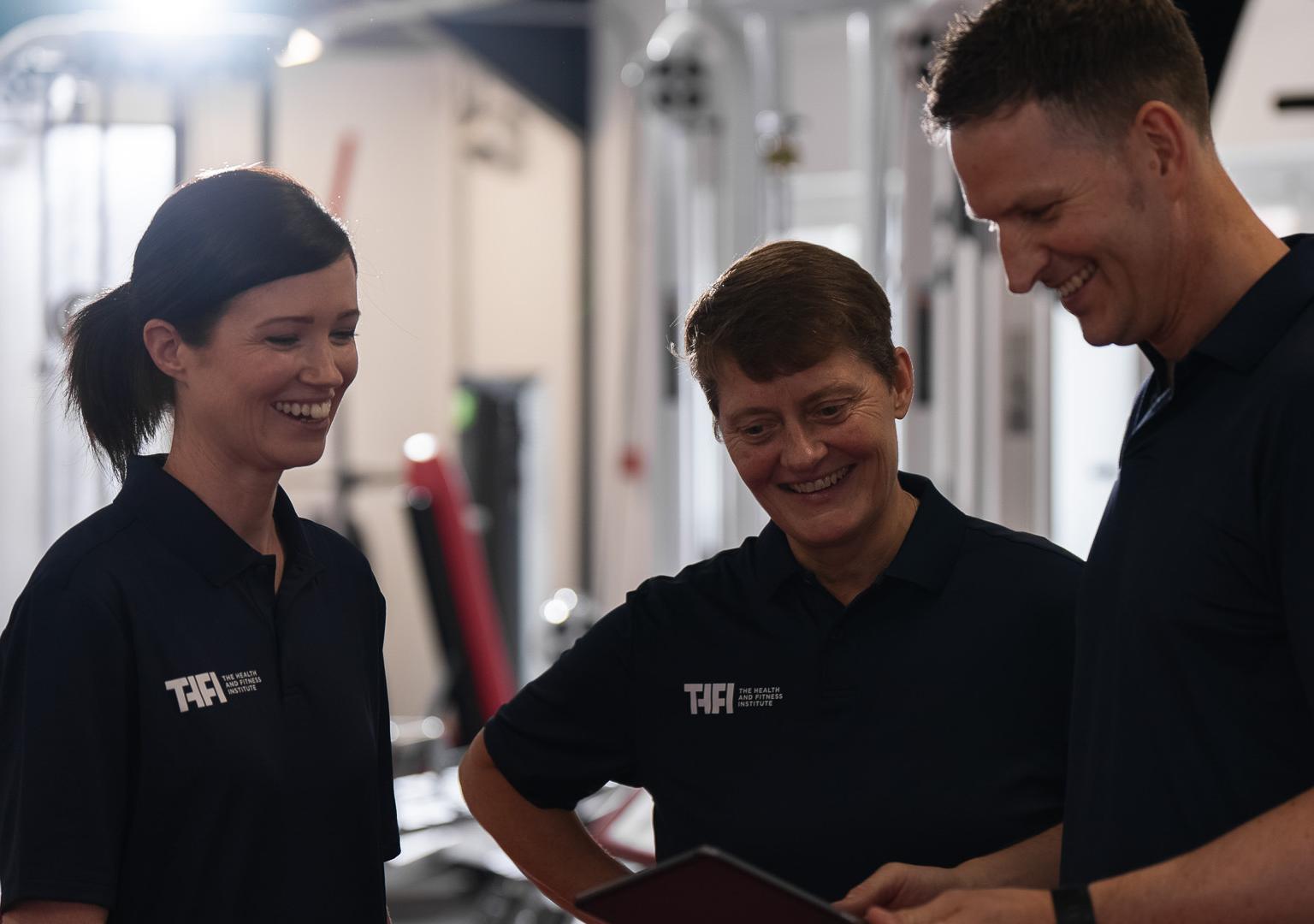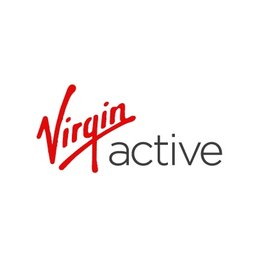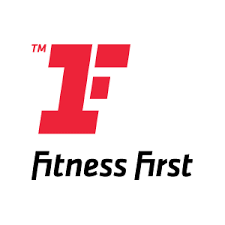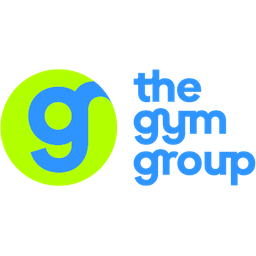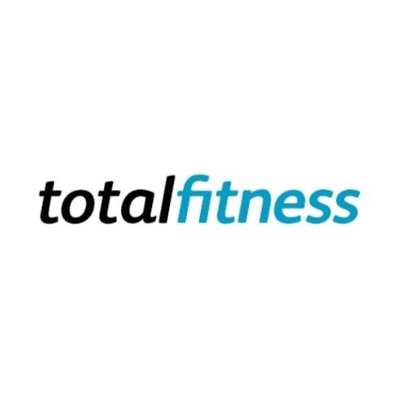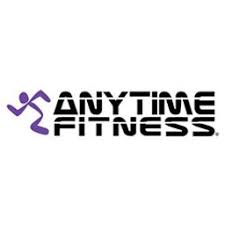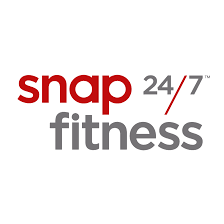How to Train Young Athletes: A Guide for Personal Trainers
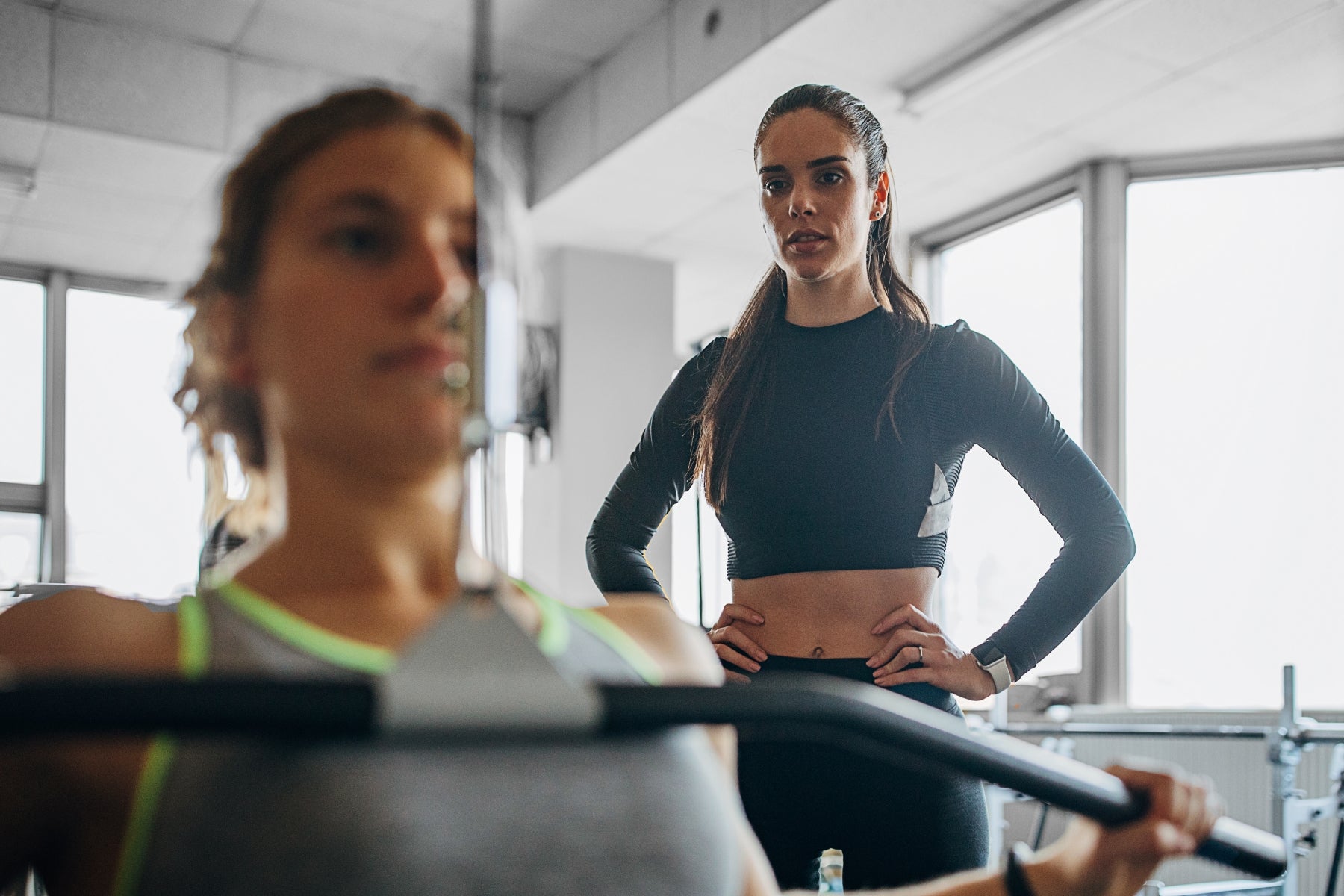
Building a Foundation for Success With Your Young Athletes
Think back to your favourite childhood activity. Was it chasing friends in the park, kicking a ball around with siblings, or mastering a new skill like a skipping rope? Chances are, it wasn't a regimented training program focused on winning championships. Yet, those early experiences with movement and play played a crucial role in shaping your passion for physical activity.
This inherent love for movement is exactly what you need to nurture when training young athletes. Forget about sculpting mini-champions at a young age; your true focus should be on building a foundation for success that lays the groundwork for lifelong enjoyment of sport and healthy development.
Why is this approach crucial, not just for the well-being of young athletes, but for your own career success as a trainer? Here's why:
- It sets you apart: By specialising in youth training and understanding the unique needs of this age group, you carve out a valuable niche in the personal training market. This allows you to attract a dedicated clientele of parents and young athletes seeking expert guidance.
- It fosters loyalty: When you create a positive and engaging training environment that prioritises fun and development over early specialisation, you're building lasting relationships with young athletes and their families. This translates to long-term clients who trust your expertise and are more likely to recommend you to others.
- It paves the way for future success: By equipping young athletes with a strong foundation of movement skills, injury prevention knowledge, and a love for sport, you're increasing their chances of reaching their full potential later in life. This can lead to repeat business as they progress through different training phases throughout their athletic careers.
Now, let's delve deeper into understanding the stages of youth development and how to tailor your training approach accordingly:
Early Childhood (6-9 Years Old):
Imagine a playground full of laughter and exploration. This is the essence of training young athletes in this age group. The focus is on movement exploration, fun, and skill development across various sports. Think obstacle courses, tag games, and basic throwing and catching drills.
Pre-adolescence (10-12 Years Old):
As young athletes enter this stage, you can introduce fundamental athletic skills like proper running form, jumping mechanics, and core stability. This is also the time to begin specialising gradually, taking into account individual interests and preferences.
Adolescence (13-18 Years Old):
By adolescence, the focus shifts towards technical and tactical development specific to the chosen sport. This is where you can introduce more complex training programs while still emphasizing injury prevention, mental well-being, and a healthy balance with academics and other aspects of life.
By understanding these key stages and adapting your approach accordingly, you'll be well on your way to becoming a sought-after youth trainer who empowers young athletes to reach their full potential while building a thriving and rewarding career.
Prioritising Long-Term Athlete Development (LTAD)
Remember the saying, "Rome wasn't built in a day"? Well, the same applies to shaping a young athlete. You're not building a champion overnight; you're investing in their long-term development and well-being. This is where the concept of Long-Term Athlete Development (LTAD) comes in.
Think of LTAD as a roadmap that guides young athletes through various stages of development, ensuring they acquire the right skills and knowledge at the right time. Ditch the "one-size-fits-all" approach and embrace these key principles:
Structured, yet flexible:
- Design a progressive training program that gradually increases in intensity and complexity as athletes mature.
- However, remember that children and teenagers are not miniature adults. Be flexible and adapt the program to accommodate growth spurts, individual needs, and unforeseen circumstances.
Movement variety:
- Expose young athletes to a diverse range of movement patterns through various activities. This enhances motor skills, reduces boredom, and helps prevent overuse injuries associated with repetitive motions. Think agility drills, plyometrics, yoga, and even incorporating elements from other sports.
- Equip young athletes with the knowledge and skills to train safely and effectively. This includes proper warm-up and cool-down routines, proper technique instruction, and educating them on listening to their bodies. Remember, preventing injuries is crucial for allowing young athletes to stay on track and reach their full potential.
By prioritising these principles within your LTAD framework, you'll not only protect young athletes from injury and burnout, but also equip them with the tools they need to thrive in their chosen sport and beyond. Remember, healthy and well-rounded individuals are more likely to become successful athletes and, most importantly, develop a lifelong love for physical activity.
Creating Fun and Engaging Training Sessions:
Remember, young athletes aren't professional athletes; they're kids, and keeping them motivated and excited is key to their development and your success. So make your sessions fun and engaging.
Here are three powerful strategies to transform your training sessions from monotonous drills to dynamic experiences that young athletes will love and learn from:
Game-Based Learning:
Forget about boring drills and endless repetitions – you can embrace the power of play. As a trainer, you can utilise fun, competitive games that sneakily teach valuable skills and build teamwork.
- Tag variations: Not just for the playground! Design tag games that incorporate throwing, catching, or specific movement patterns relevant to their chosen sport.
- Relay races: Inject friendly competition with relay races that involve different drills, fostering collaboration and strategic thinking.
-
Obstacle courses: Get creative and set up obstacle courses that challenge agility, balance, and coordination in a playful way.
Variety is Key:
The same drills over and over again can quickly lead to boredom and disengagement. Keep young athletes stimulated by incorporating a diverse range of activities and exercises.
- Rotate stations: Design different stations with various focuses, like agility drills, strength training, and ball handling. This allows them to move around, learn new things, and stay engaged.
- Incorporate different equipment: Don't limit yourself to traditional training equipment. Use cones, resistance bands, agility ladders, and even pool noodles to add variety and fun to workouts.
- Theme your sessions: Get creative and theme your sessions around different sports or even historical events. This sparks imagination and keeps things fresh.
Positive Reinforcement:
Young athletes thrive on encouragement and recognition. Instead of solely focusing on winning, celebrate effort, progress, and participation.
- Offer verbal praise: Acknowledge individual and team efforts, highlighting improvements and positive behaviours.
- Award non-competitive points: Reward individual or team achievements beyond winning, like completing a challenging exercise or demonstrating good sportsmanship.
-
Celebrate participation: Make everyone feel valued, regardless of skill level or performance. A simple high-five or a "good job" can go a long way.
Communication & Building Trust
Training young athletes goes beyond physical development. It's about building relationships and fostering a positive environment where they feel comfortable, supported, and empowered to learn and grow. This is where communication and trust become crucial.
Active Listening:
Effective communication starts with active listening. Pay close attention to both verbal and non-verbal cues from young athletes. This includes:
- Body language: Watch for posture, facial expressions, and fidgeting, which can reveal anxieties or discomfort.
- Tone of voice: Listen for changes in tone that might indicate frustration, fatigue, or lack of understanding.
- Verbal cues: Pay attention to what they're saying, not just the words themselves.
By actively listening, you can identify their needs and concerns, build rapport, and create a safe space for open communication.
Clear and Concise Communication:
Once you've listened, it's time to communicate clearly and effectively. Remember, you're dealing with young people, so adjust your language accordingly:
- Age-appropriate language: Keep your instructions and explanations clear, simple, and free of jargon they may not understand.
- Positive feedback: Focus on praising their effort, progress, and positive behaviours. This reinforces good habits and motivates them to continue learning.
-
Constructive criticism: When offering corrections, be specific, encouraging, and focus on solutions. Avoid negative language or personal attacks.
Building Trust:
A foundation of trust is essential for effective communication and a positive training environment. Here's how to cultivate trust:
- Foster a safe space: Encourage open communication and create a safe space where young athletes feel comfortable expressing themselves, even when they make mistakes.
- Mutual respect: Treat young athletes with respect and empathy. Value their opinions and contributions, and demonstrate respect for their individual needs and learning styles.
- Be reliable and consistent: Follow through on your promises and be consistent in your expectations and behaviour. This builds confidence and trust in your leadership as a coach or trainer.
By prioritising active listening, clear communication, and trust-building, you'll empower young athletes to voice their concerns, ask questions, and actively participate in their training.
Remember, successful youth training is more than just physical drills. By establishing strong communication and trust with young athletes, you'll be well on your way to becoming a champion for them both on and off the field.
Conclusion: Shaping Young Champions of the Future
If you’re going to take away any lessons from the article, it’s this:
- Prioritise fun and development. Ditch the "win at all costs" mentality. Focus on fostering a love for sport by creating engaging and age-appropriate training sessions that emphasise skill development and holistic growth.
- Embrace Long-Term Athlete Development. Implement a structured yet flexible program that adapts to growth spurts and individual needs. Remember, healthy and well-rounded individuals are more likely to become successful athletes in the long run.
- Make it fun and engaging: Utilise game-based learning, diverse activities, and positive reinforcement to keep young athletes motivated, challenged, and excited to participate.
- Build trust and strong communication: Actively listen to athletes, use clear and age-appropriate language, and foster a safe space where they feel respected and supported.





